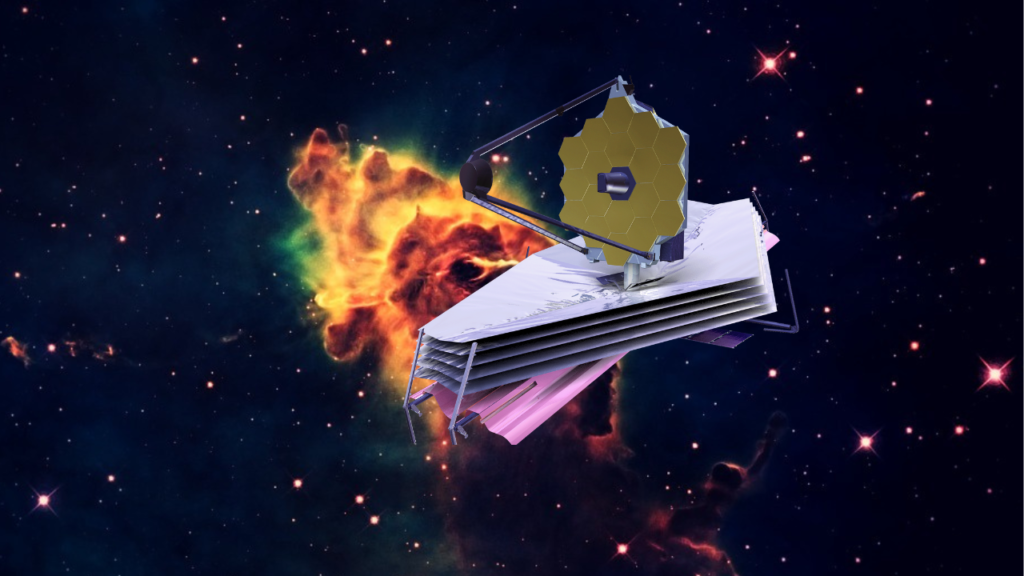Researchers using the James Webb Space Telescope have uncovered the oldest black hole ever detected—and declared a new era in astronomy.
It was found at the center of GN-z11, a galaxy first discovered in 2017, about 13.4 billion light-years away from our Milky Way galaxy—but about 100 times smaller. That means it exists just 400 million years after the Big Bang, which is thought to have created the universe. However, the black hole looks to be about a billion years old, suggesting problems with theories about how quickly black holes form.
The discovery, announced in a paper published today in the journal Nature, is the result of the sensitivity of JWST, which can see deep into the infrared, detecting old light that has been traveling across deep since the dawn of time.
New Era
“It’s a new era: the giant leap in sensitivity, especially in the infrared, is like upgrading from Galileo’s telescope to a modern telescope overnight,” said lead author Roberto Maiolino, a professor at the University of Cambridge’s Cavendish Laboratory and Kavli Institute of Cosmology in the U.K, in a press release. “Before Webb came online, I thought maybe the universe isn’t so interesting when you go beyond what we could see with the Hubble Space Telescope. But that hasn’t been the case at all: the universe has been quite generous in what it’s showing us, and this is just the beginning.” Maiolino is now confident that JWST will allow researchers to find even older black holes.
Immense Gravity
A black hole is an area of such immense gravity that nothing, not even light, can escape from it, according to NASA. They cannot be detected directly. Instead, astronomers look for the ultraviolet glow of the hot gas in the swirling accretion disc near the edges of a black hole.
The discovery of such a relatively large black hole close to the beginning of time challenges assumptions about how black holes grow. Astronomers believe that the supermassive black holes found at the center of galaxies like the Milky Way rose to their current size over billions of years. “It’s very early in the universe to see a black hole this massive, so we’ve got to consider other ways they might form,” said Maiolino. The researchers suggest that black holes may be born bigger than previously thought or consume matter at a rate five times faster than had been thought possible.
Credit: www.forbes.com


